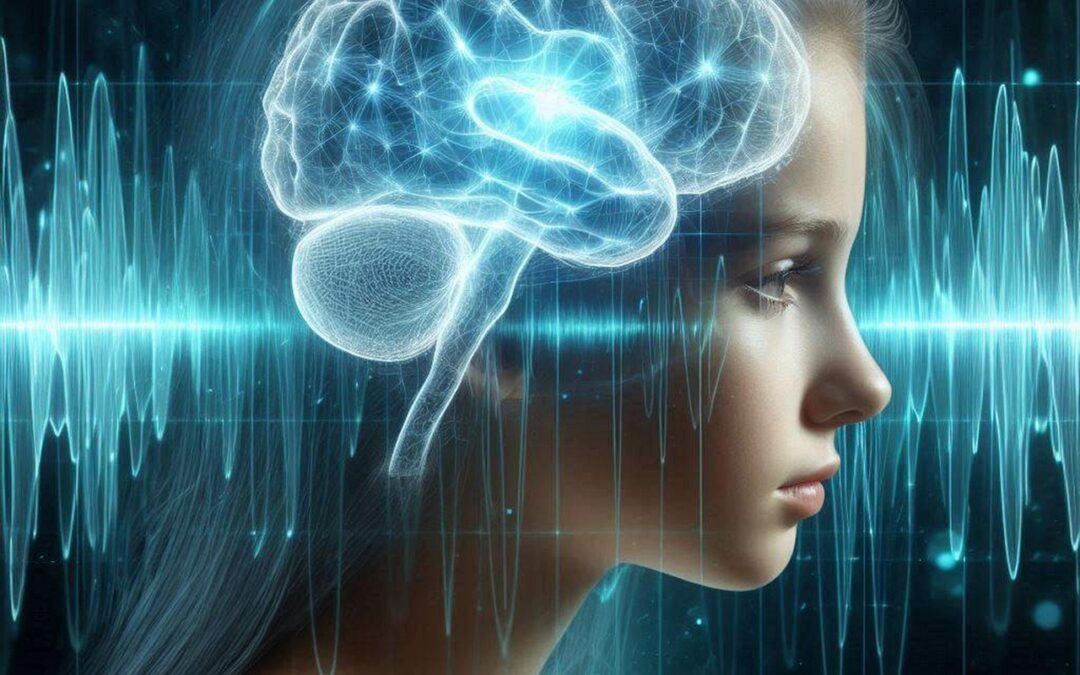
Most smart struggling students learn differently. They go by different labels, which are quite similar
- A visual-spatial learner learns best when they see and experience information
- The right-brain learner often is creative, a good problem solver and thinks in 3D, the challenge is their left-brain is often weaker
- The neurodivergent learner is a newer label that in many cases, the students we have seen, resembles the visual-spatial or right-brain learner
Most right-brain, visual-spatial or neurodivergent learners are more likely to struggle with social-emotional issues, because they see the big picture- and become overwhelmed and do not know where to start…so they freeze. Their challenges might include:
- Their academic performance is often far below their potential
- Most remediation work focuses on their challenges and
- They often lose confidence in themselves and may say they are “stupid” or “not as smart as others”, when in fact they have some real gifts
Click here for a no cost screening tool to see if your child is a
right-brain, visual-spatial or neurodivergent learner
If you would then like to discuss your specific situation,
give us a call at 561-361-7495 or click here to schedule a time to discuss
“What you have discovered about your child”
Am I not as smart as others ? OR
OR
Am I a gifted visual-spatial right-brain learner?
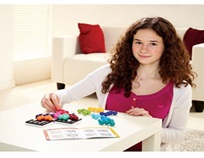
While only 15 to 20% of the population has a visual processing issue, the right-brain visual-spatial learner is much more likely to have the issue — closer to 75%. From a child’s standpoint, this too has a negative social-emotional impact as they may
- Struggle to catch a ball or be clumsy, and think they do not ”fit in”
- Skip words and lines when reading
- Make what others call “stupid” mistakes on math tests as they miss signs, misalign their numbers and struggle to get the right answer
What really frustrates us is that people will too often say that this issue is not real or that one should just have accommodations – because any treatment is prohibitively expensive.
The good news is that when you teach a child the way they learn best and identify and address their visual processing issue — they can often do far better.
We also have a much more affordable option to improve visual skills.
From a kid’s perspective, they will often see improvement in reading, math and sports — with a real boost to their confidence and self-esteem.
The Challenge Parents Face
From a parent’s standpoint, you may or may not know if your child is a right-brain visual spatial learner or whether they have visual processing issues.
We recommend that you do both of these yourselves and then ask the same questions to your child. Their answers may surprise you.
Below are two screening tools you can use to see if:
1- Your child is a right-brain visual spatial learner and
2- If your child has a visual processing issue
If you would then like to discuss your specific situation,
give us a call at 561-361-7495 or click here to schedule a time to discuss
“What you have discovered about your child”
Note, we have seen right-brain visual spatial learners make 2., 3 and even 4-year gains when one capitalized on their strengths, identifies and challenges and reduces their anxiety, while boosting their confidence
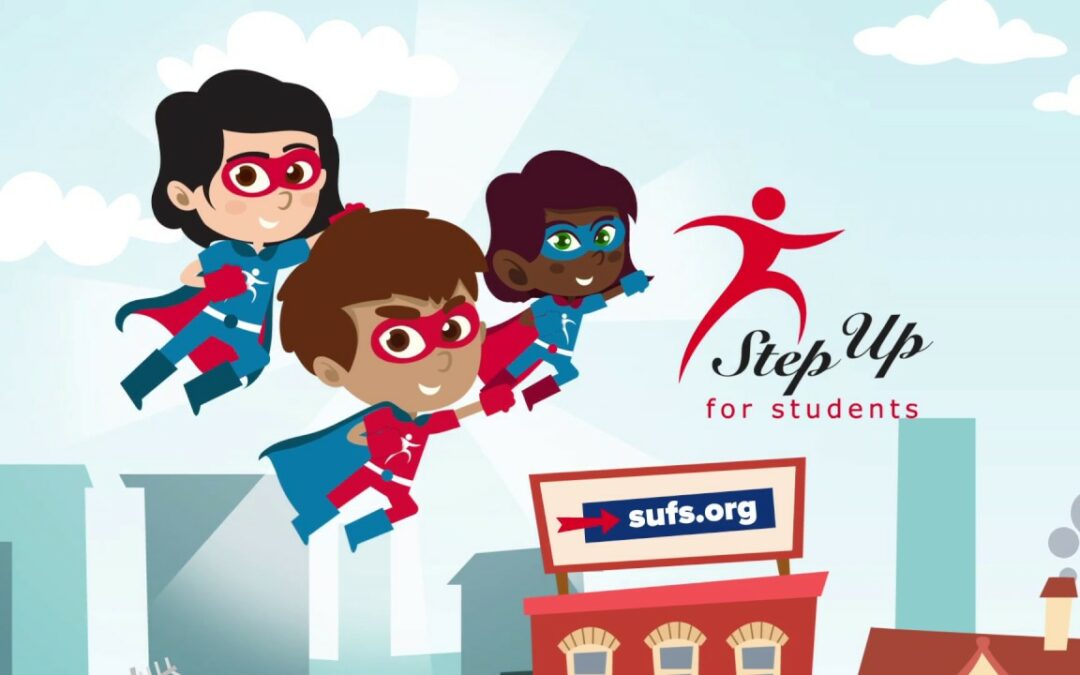
3D Learner is an approved provider for the Florida Family Empowerment Scholarship for Unique Abilities (FES-UA) and for the Personalized Education Program.
Note, these programs are vouchers for Florida Private and Homeschool Students.
3D Learner provides online services for students from anywhere in Florida.
Note, applications for the 2024-25 school year are no longer available.
Applications for both programs will be accepted starting Saturday February 1st.
If already enrolled, you must re-apply by April 30th, or you will be considered a new application and will not be guaranteed a scholarship. Click the link below to get started for the 2025-6 application.
If your child has a 2024-25 voucher and you would like to discuss how we can help your child significantly improve their reading fluency, reading comprehension, executive function skills and confidence,
call us at 561-361-7495
If you would like to discuss how we can help your child to improve his or her SAT scores and earn a Bright Futures Scholarship,
call us at 561-361-7495

3D Learner Improves Reading Comprehension and Executive Function Skills with The Family Empowerment Scholarship and The Personalized Education Program.
For 25 years, 3D Learner has been helping the Right Brain, Visual-Spatial or Kinesthetic Learner to improve:
- Reading comprehension and ignite a love for learning
- Executive function skills – attention, working memory, processing speed, and organization skills
- Math and writing skills
- ACT and SAT scores. We have helped many students to qualify for the Bright Futures Scholarship, worth as much as $19,000 to $28,000 over four years.
3D Learner helps students statewide with our zoom-based training.
To have a conversation on how we can put your child on their pathway to success call
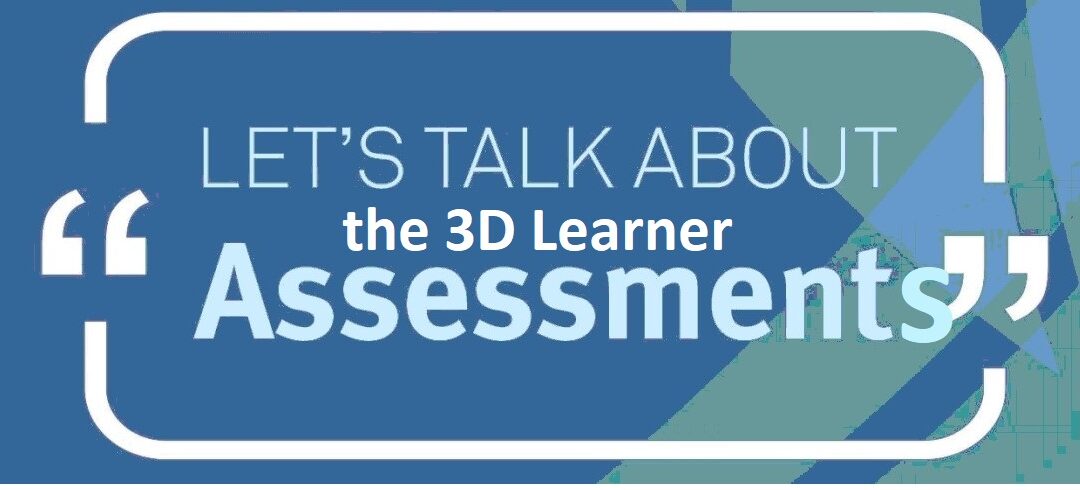
Most smart struggling students are right brain neurodivergent learners.
Closing the Read Gap often focuses on dyslexia and reading fluency. We believe these are two critical issues, but we believe that improving reading comprehension is the key goal that is needed to succeed in life.
Our daughter went through years of dyslexia training, but in 8th grade her reading comprehension was still 3 years below grade level, even with a 119 IQ.
When we were told by her guidance counselor that our daughter was not college material, my husband Mark turned to my daughter and asked her, “What do you want to be when you grow up?” Without batting an eyelash, she responded, “The teacher I never had”. The guidance counselor responded, “Honey you can be a teacher’s aide”.
At that moment I became a mom on a mission. Leveraging my Master’s in Education and a commitment to help my child succeed, I did my research.
I discovered that my daughter was a right brain kinesthetic learner, who learned best when she saw and experienced information. I then developed what has become known as the 3D Learner Program ® that helped my daughter improve her reading comprehension 4.2 grade levels in 7 months. She later earned her Master’s in Education from the University of Florida. She truly became the teacher she never had.
 The icing on the cake came in August 2024 when our daughter earned her Doctorate in Education from the University of Florida
The icing on the cake came in August 2024 when our daughter earned her Doctorate in Education from the University of Florida
 Over the last 28 years, we have helped thousands of students succeed, with a hands-on visual program that recognizes that:
Over the last 28 years, we have helped thousands of students succeed, with a hands-on visual program that recognizes that:
– Most smart struggling students are right brain kinesthetic learners, who can close the reading fluency and reading comprehension gaps much faster when one leverages their strengths and identifies and addresses their challenges.
– Almost 75% of the students we have assessed have a significant visual processing issue. They might be able to see well, but their eyes do not work effectively together. This results in their skipping words and/or lines when reading. See this video for how one of our student’s eyes tracked before and after our intervention.
– Many have problems with executive function challenges.. They frequently have trouble paying attention to that which is boring or frustrating. Working memory and processing speed issues are also common
– Anxiety issues are frequently present
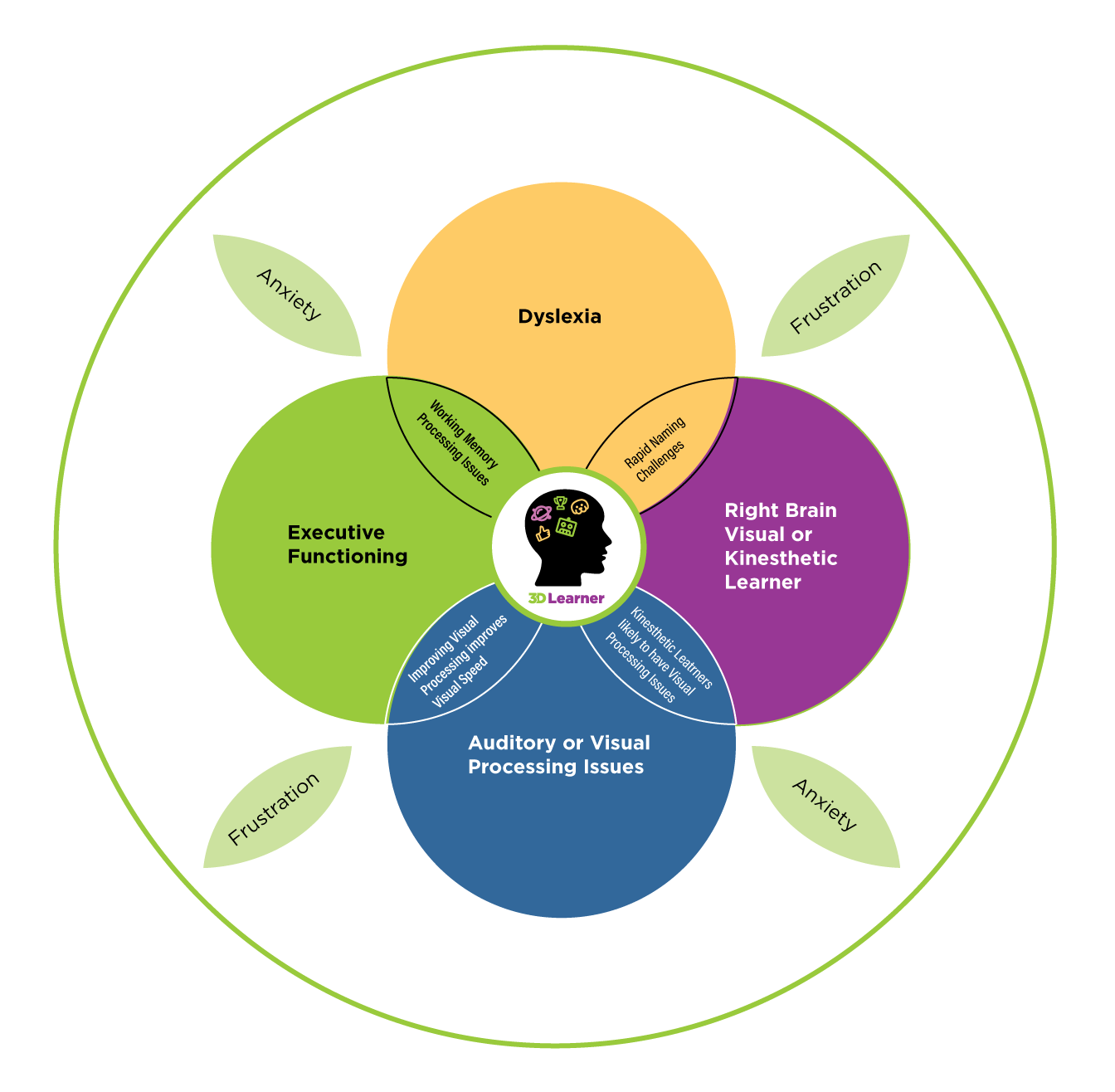
Many smart struggling students are right brain, visual or kinesthetic learners, who often, but not always have visual processing, executive function, dyslexia and/or anxiety challenges
To help you to better understand whether your child is a right brain kinesthetic learner and whether they have a visual processing, attention and/or anxiety challenge, we have developed three different assessment tools you can use. We strongly urge you to answer these questions with your child, their answers may surprise you.
Click here to download:
– Does my child appear to have an attention and/or anxiety challenge?
If you complete these three screening tools and scan them, you can email them to me at parents@3dlearner.com and schedule a no cost consult — two or more days later. To schedule your consult, you can either call us at 561-361-7495 or click here to schedule a Close the Reading Gap Conversation.
We also offer a comprehensive assessment that includes:
- The Structure of Intellect Assessment ® that shows how your child learns best, where they are strong and where they struggle. One principal commented that this was the best assessment they had ever used. She asked her Special Education Specialist why they had stopped using it. The answer was that the SOI does not label a child, which is what the school needs to do to qualify a student for special education. What it is good for is tailoring a program to help a child succeed, which is why 3D Learner uses it.
- For third graders and above we include the Mindprint Assessment ® that assesses Executive Function Skills. This tool was developed by a team at the University of Pennsylvania. It identifies strengths and challenges related to attention, working memory, processing speed and flexible thinking.
- A Core Dyslexia Assessment.
- A reading comprehension assessment.
 This assessment can be done online.
This assessment can be done online.
For the right brain neurodivergent learner, our comprehensive assessment will identify how your child learns best, where they are strong and where they struggle, whether they appear to have a visual or auditory processing issue, whether they have dyslexia, and what their present level of reading comprehension is. It often boosts a student’s self-esteem and allows us to tailor a program to help your child succeed.
For any parent who attends the Closing the Reading Gap Program and who invests in our Comprehensive Assessment by November 30th, 2024, 3D Learner will offer a 20 percent discount on our comprehensive assessment.

Transformational Strength Based Parenting can make the difference for your child this school year.
Comments parents have shared with us:
“My 4th grade child’s reading speed is so slow it makes reading comprehension very difficult”
“My child’s reading comprehension is at the 1st grade level as she enters 5th grade, despite our investing $34000 in a program”.
“My 6th grade child is at the 48th percentile in reading comprehension. I asked her principal what I can do and he said “nothing was needed, someone has to be average”
The good news is that each of these parents rejected the status quo and helped their child to make significant gains. This included:
- Improving reading speed by 80 percent, increasing reading comprehension by 3 grade levels, and identifying and addressing a visual processing issue that allowed the student to read without headaches
- Doubling a student’s reading speed, while improving reading comprehension by 4 grade levels
- Helping a student improve her reading comprehension from the 48th to the 95th percentile
None of these parents were willing to accept the status quo. This blog post is focused on:
- The risks facing present 4th, 5th and 6th graders and their parents
- The opportunities that exist to significantly improve reading fluency, reading speed and reading comprehension. This can improve confidence and self-esteem
- The pivotal role that you the parent can play to make the difference for your child
- Some resources that may be available to you in Florida that include:
- For public and charter school parents whose VPK to 5th grade child meets certain criteria, your child will qualify for a $1200 New Worlds Scholarship Accounts Program
- For private and homeschool parents, there are two opportunities that include:
Three important perspectives these parents had:
- They were unwilling to accept the status quo and they wanted a program that would yield transformational results that would improve reading fluency, reading speed and reading comprehension
- Once they realized their child learned differently and had a number of challenges, they wanted an integrated, engaging and effective program that would improve academics, self-esteem and confidence.
- They wanted help to be the coach and advocate their child needed
Note, at one point we were in this exact situation. The 3D Learner Program ® was developed for our own daughter, who was 3 years below grade level in 8th grade. “With the 3D Learner Program I developed our daughter was able to improve her reading comprehension 4.2 grade levels in 7 months and in August 2024 our daughter Julie earned her doctorate in education from the University of Florida.
The Risks are Real
Reading fluency, reading speed and/or comprehension are common issues for 4th, 5th and 6th graders. This is especially true in this post pandemic era, where your child was not in school during some critical years. 4 of the key risks students face include:
- Being a slow reader and continuing to avoid reading. Having their reading comprehension fall 3, 4, or even further below grade level. As the graph below shows, for students with a disability in middle and high school 45% were 3 to 4.9 years below grade level and an additional 21% were 5 or more years below grade level in their reading comprehension
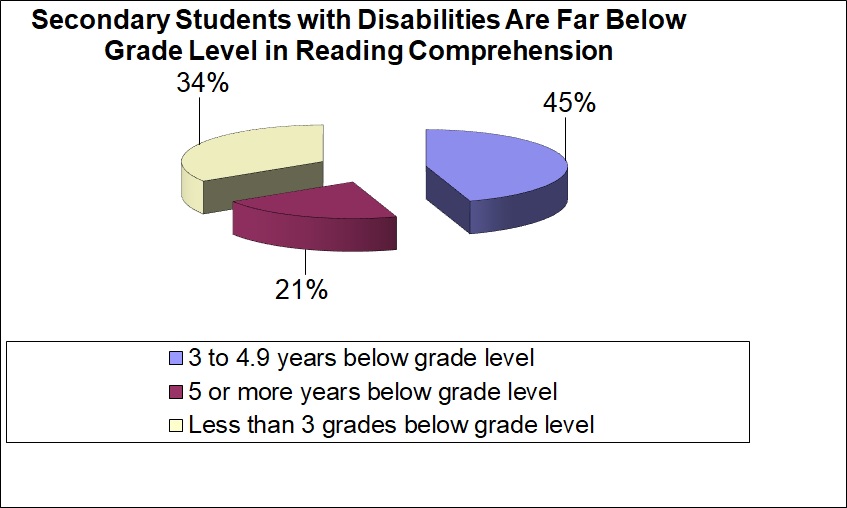
- Homework will take more time and frustration often follows. Especially as math word problems become more complex and the reading becomes more complex, with less pictures.
- Standardized test scores continue to be low, and your child missed the fun electives as they are pulled out for additional reading help
- Self-esteem and confidence often decline
The Opportunities are Often Significant
- Reading fluency and reading speed can often be improved
- Significant comprehension gains can be made within months
- Homework time and stress can often be reduced by 25 to 50%, with your child becoming more independent
- Many students learn to love reading and their confidence and self-esteem increase
- With new tools to be an even more effective coach and advocate for your child, the stress decreases, you become an even more collaborative and effective advocate and raising your child becomes much more fun
The Pivotal Role of Transformational Strength Based Parenting
- Seeing if your child is a right brain neurodivergent child who learns best when he or she sees and experiences information — click here for a screening tool to see if your child is a right brain neurodivergent learner. Most smart struggling students are right brain neurodivergent learners.
- Identifying and addressing the challenges if your child has dyslexia, ADHD, Executive Function challenges, visual processing issues and/or anxiety challenges. Most of our students learn differently and have several of these issues
- Rejecting the status quo. This is a critical step on your child’s pathway to success
- Being committed to Transformational Strength Based Parenting and making a huge difference in your child’s life
- Finding the right professional help to make it happen
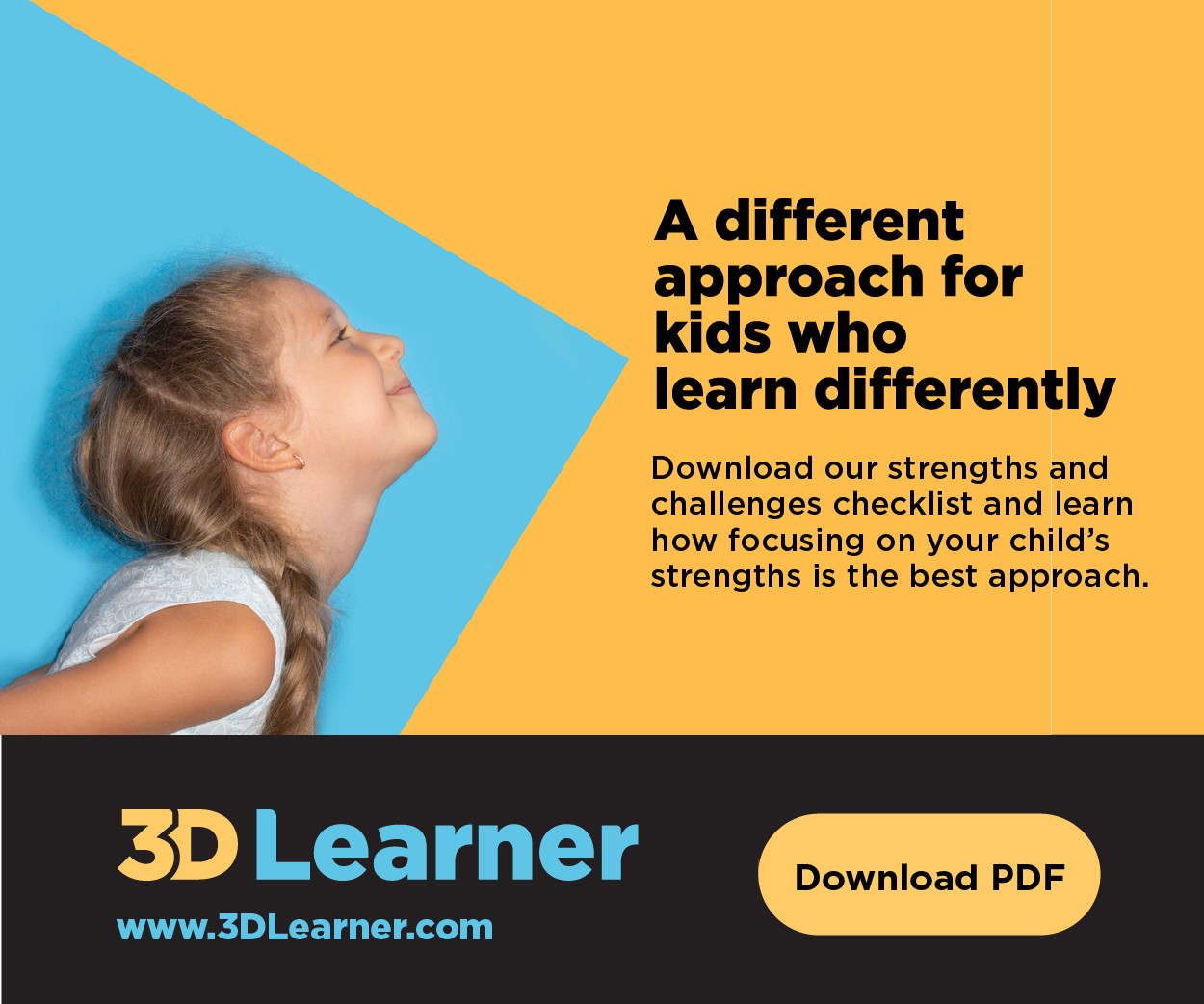
At 3D Learner, we want to better understand your challenges, offer advice on how you can help your child and if appropriate, share how we can help. If you would like a no cost conversation you can either call us at 561-361-7495 or click here to schedule a How Can I Help My 4th, 5th or 6th Grade Child conversation
3D Learner, Committed to Transformational
Strength Based Parenting
That Makes The Difference for Your Child and You
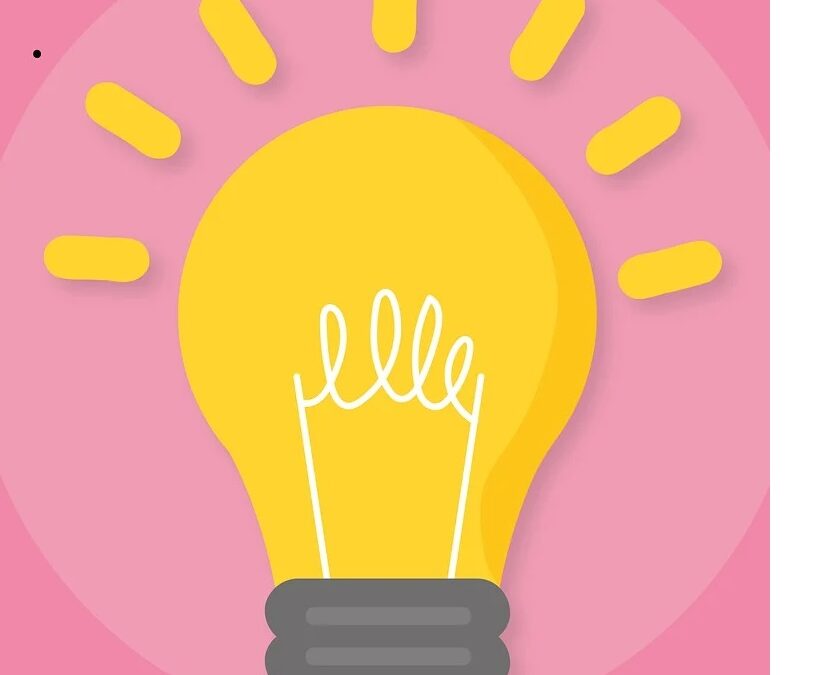
ADHD, Dyslexia and Executive Function challenges are the three most common diagnoses that parents share. Anxiety and frustration are common too.
Parents often report that they have invested in a dyslexia treatment and ADHD medication. Their child often reads more fluently, but problems with reading comprehension, math word problems and standardized testing persist.
As parents and educators, we experienced this exact challenge. Then, we became aware that our children were right brain visual spatial learners. who
- Learned best when they visually observed and/or experienced information
- Had a great memory for what they saw and experienced
- Were goal oriented
- Learned best when given a goal and projects were taught from “whole to part “ They both did best when they understood why they were doing something
- Had the potential to do much better with a strength-based approach
“With that knowledge, I put together the 3D Learner Program (R), that helped our daughter improve her reading comprehension 4.2 grade levels in 7 months and our son improved his reading scores by 43 percentile! (He went from the 31st to the 74th percentile). Both became far better in math and standardized test scores went up”, said Mira Halpert, both an educator and a parent.
As a first step, I strongly recommend you download the
“Is my child a right brain visual spatial learner?” screening tool.
Do it with your child; their answers may surprise you.
After helping thousands of kids like this, I now realize five things:
- Students with dyslexia are often a right brain visual spatial learner who:
- Often falls further behind
- Can make even more significant gains than I initially thought possible with the right approach that capitalizes on their strengths, identifies and addresses their challenges and helps you to become an even more effective coach and advocate for your child
- Relies on their parents to find the right approach for them
- A comprehensive assessment is helpful, that includes
- Determining if your child is a right brain visual spatial learner
- What issues are holding them back.
- Assessing for ADHD, Executive Function issues, and auditory processing are important
- Visual processing is the one challenge that many right brain visual spatial learners struggle with that is often missed and even more frequently not addressed
- What your child’s present level of performance is for reading fluency and reading comprehension
This infographic shows both the right brain visual spatial learner and the visual processing, executive function, dyslexia and anxiety challenges that often come with it.

Identifying If Your Child is a Right Brain Visual Spatial Learner Can Really Help. Identifying Issues with Auditory and Visual Processing, Executive Function, Anxiety and Dyslexia Are Also Important.
- BOLD Goals that:
- Reflect what is really possible for your child –which often exceeds what the school goals may be
- Capitalize on your child’s strengths and address their challenges
- Include a non-school related goal – this may include improving dancing, baseball skills, martial arts or music — something your child would love to improve
- Helping you to be the coach and advocate your child needs
- Getting the right help for your child. This should be based on your child’s assessment, your goals and who can best help your child succeed
- Taking massive action
If you suspect your child might be a right brain visual spatial learner, we strongly recommend you:
Call us at 561-361-7495 or 919-371-5295 if you would like additional help

 OR
OR
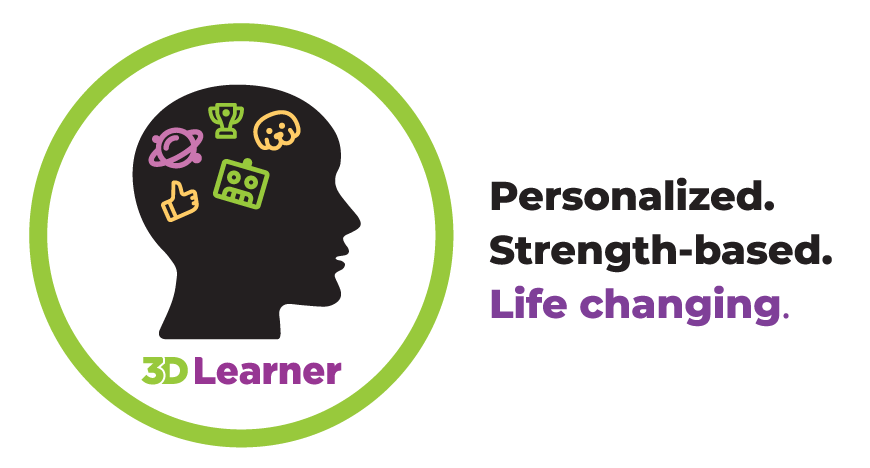
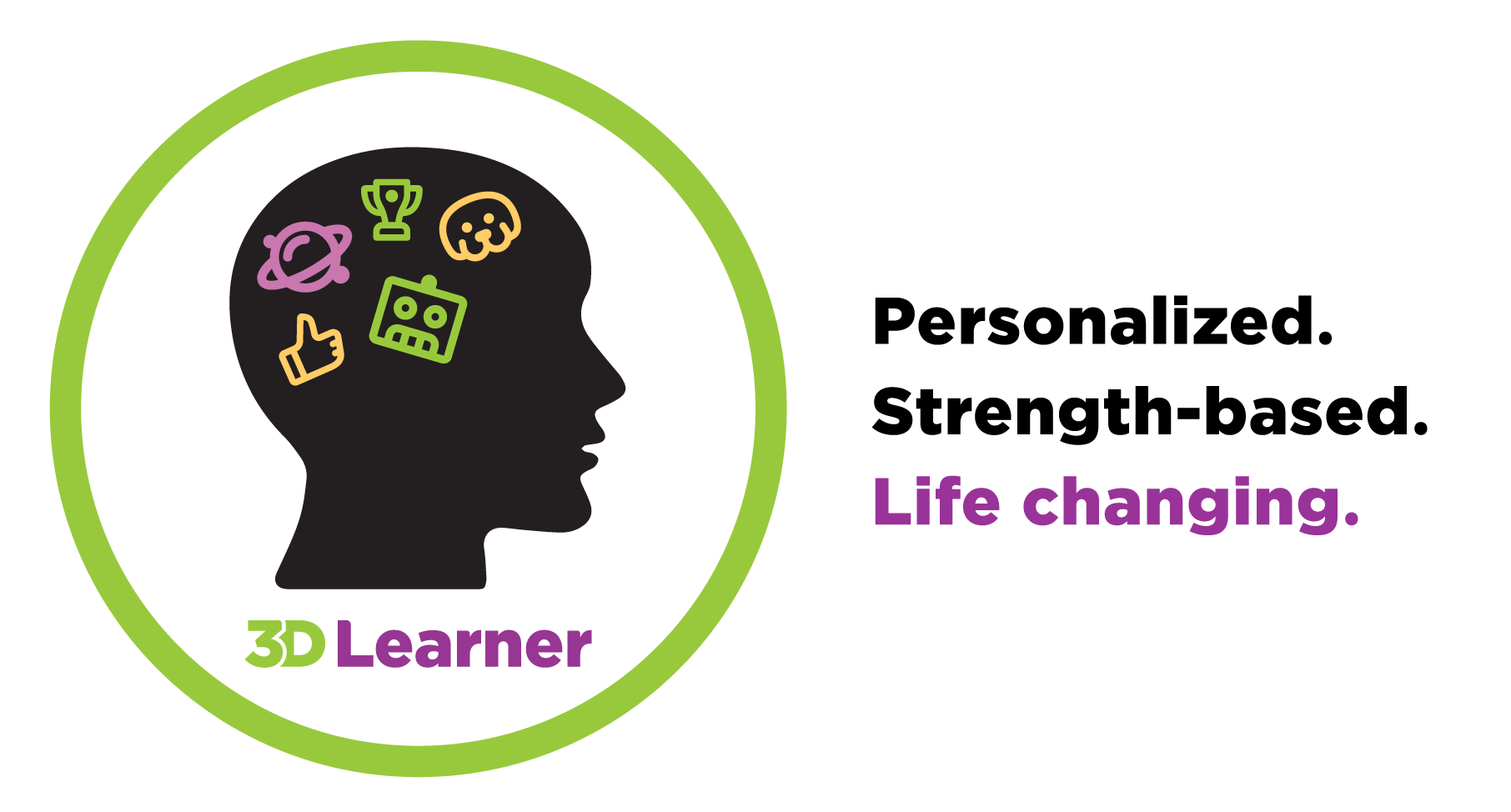








Recent Comments